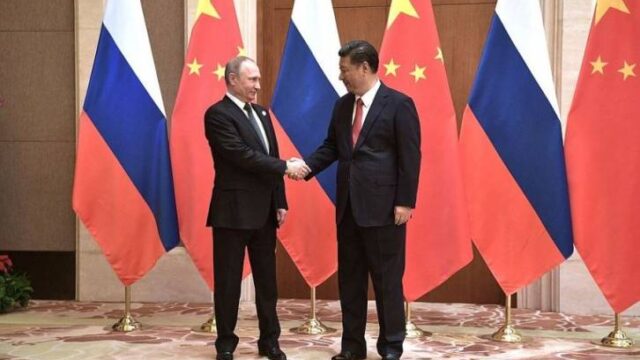Russia and China Are Facts of Life

by Robert Gore
In 1904, Sir Halford Mackinder, director of the London School of Economics, gave a presentation at the Royal Geographical Society that proved to be influential. “The Geographical Pivot of History” posited a World-Island: Africa Asia, and Europe, the “heartland” of which stretched from the Persian Gulf to the Siberian Sea. Mackinder later summarized his thesis: “Who rules the Heartland commands the World-Island. Who rules the World-Island commands the world.” This would become a key tenet of Britain’s foreign policy until the end of World War II. It was largely responsible for the destruction of its empire. At that point, the intellectual baton was passed to the American empire, to which it will do the same.
The problem for both British and American imperialists is that their countries are peripheral to this Heartland of the World-Island, while Russia and China are the biggest part of it. In the nineteenth century, Britain’s peripheral position was overcome by maritime and industrial prowess. Britain’s navy was the linchpin of the empire. Its shared position with the U.S. as an Industrial Revolution leader bolstered its power and led to the relentless drive for resources that was an impetus for the empire’s growth.
